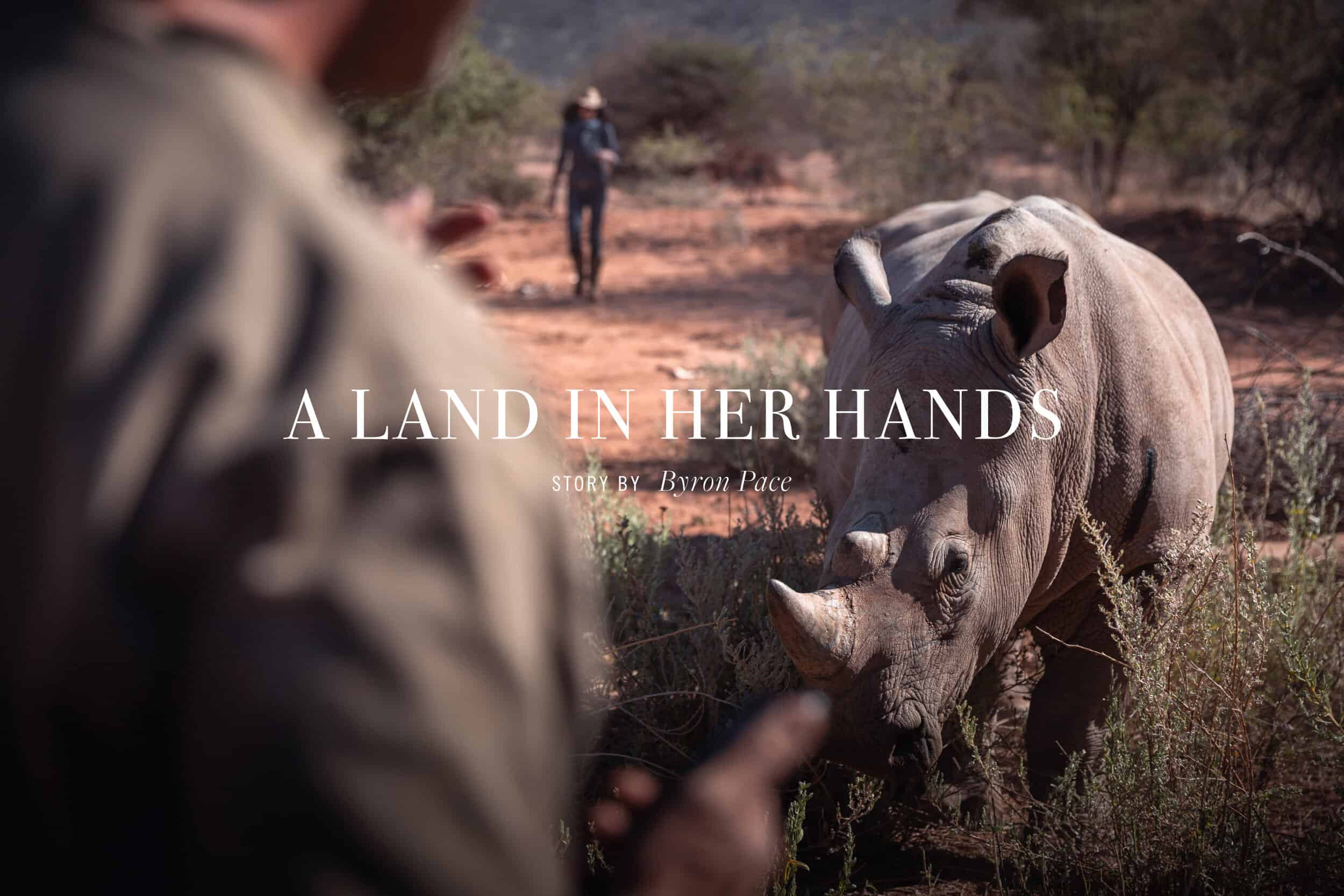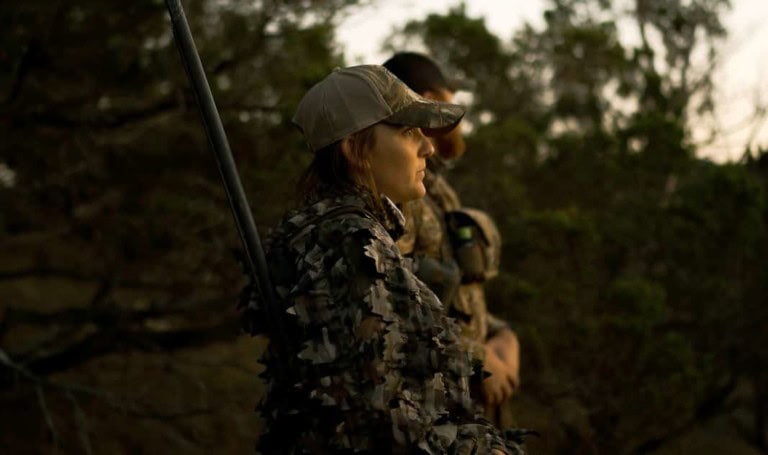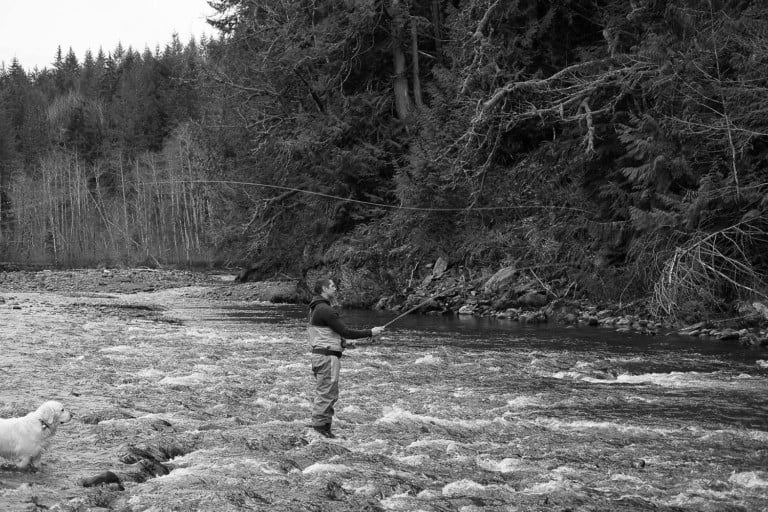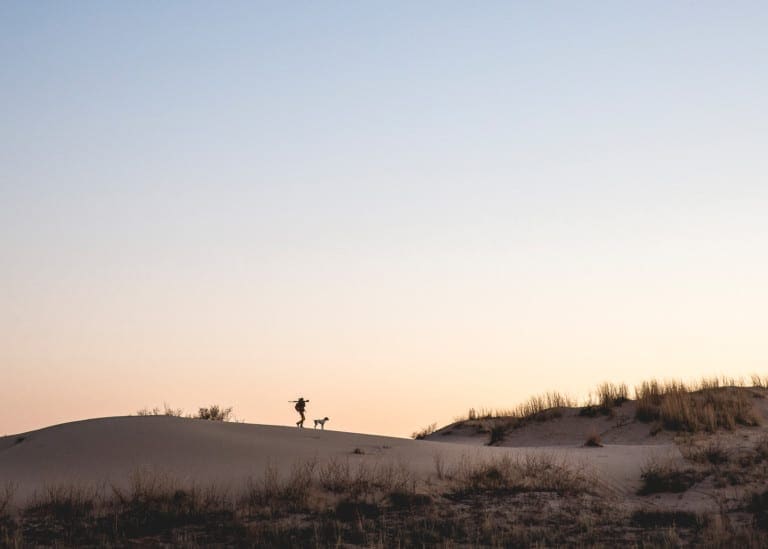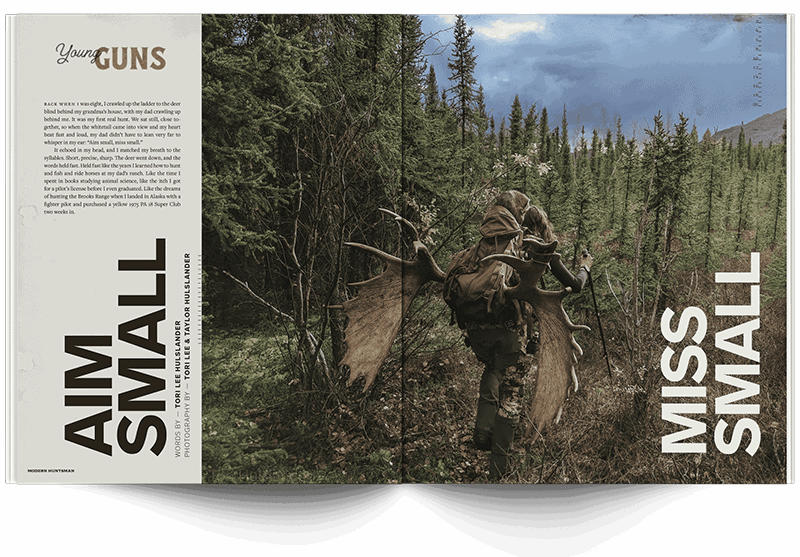It was a cold July morning, the sun still resting beneath the horizon, gradually, the soft glow of dawn graced an eastern sky, forcing the residual blues of night to give way.
The pre-dawn awakening was yet to begin, and only the gentle coo of an occasional collared dove broke the calm air. The understated beauty of this small bird’s morning voice locked me in the moment. I had been away from home for a long time, but the pull of this continent — its people, its wildlife and its stories — had become my gravity. It had been a constant for more than a decade, and in that moment, as the first shafts of sunlight spilled over the land, warming the chill of night, I knew I was exactly where I was supposed to be.
The sound of footsteps on loose ground broke my trance. “Morning Byron, did you sleep well?” came a familiar voice from through the aircraft hangar. “It’s a beautiful morning to fly, don’t you think?” There was no denying that. The still, crisp air and clear skies welcomed us to venture high, joining the leagues of birds, if only as visitors to their domain.
I was in Namibia to document an incredible story of modern-day conservation and wildlife management: restoring elephants to their previously roamed ranges in the Democratic Republic of Congo (DRC). The animals destined for this journey of land and sea were to be captured from the private reserve I was now about to fly over. After half a day on the road, we would spend four days at sea, sailing up the Namibian and then the Angolan coast, before entering the mighty Congo river along the banks of the DRC. As Annette finished her final pre-flight checks, we stood only a few
